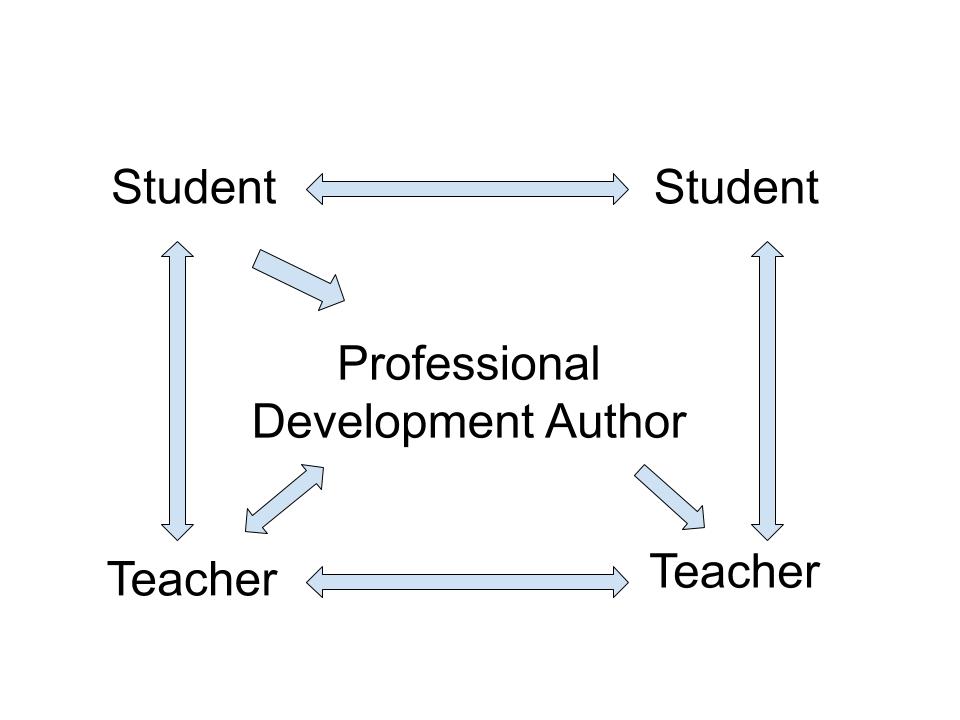I have written several posts on my ideas for a new type of textbook. In retirement, some of these ideas make less sense for me to act on so I thought I would summarize them here.
There were basically three interrelated ideas. I will expound on the final of these ideas here.
- Textbook authors after proving themselves should write on a small retainer and continuously. The process of scrambling every three years to generate a new edition in a few months is not the best way to generate the best product. Content can be posted online as it is developed offering current work to those who purchase the present book and can be worked into the next edition when it is approved.
- A paper book is not the best way to get content to learners. It is important to remember I write books related to educational technology. Differentiating content that is basic and stable from content this is likely to change on a regular basis can be the basis for a shorter and less costly book in combination with online content. Placing some content online allows for the provision of current content intended for the next edition (see point one) AND resources that may be useful for some, but not all courses using the book. This second idea is a way to assure greater flexibility.
- Textbook users (professors and learners) have insights and experiences that should be shared as benefits to the author of the book they use and to each other.


I decided to write this post when going through old content I had stored in Google docs. I found my original proposal and a couple of images. When I prepared to explain my ideas to the commercial publisher of our fifth edition, I made a couple of attempts to explain the third concept I list above as diagrams. I ended up using the second, but the first may make this third idea clearer.
The authors, instructors, and learners using a given textbook are connected. They share a common component of instruction whether they selected this component or not. What I was interested in based on my experience and our way of interacting with classroom educators was a way to take advantage of these connections. We worked with classroom teachers before and during our experience as textbook authors. We used projects with permission we observed in our writing. I used to search online for the title of our book and found some syllabi of instructors using this book. It was always interesting to see what other reading was referenced in these syllabi and what assignments were required of students. What seemed reasonable was to attempt to create such relationships on a larger scale. What if the hybrid system used to offer a textbook (book and Internet) also allowed teachers to share with each other (syllabi and perhaps examples of classroom assignments) and students could also share their projects with each other. These sharing would be voluntary and if monetization was involved it would be based on ads placed on the sources offered by teachers, students, and authors.
Our publisher decided they could not implement the first two of my ideas and we ended up writing a Primer and online content on our own (see the cover in the left-hand column of this web site). We now have less interaction with teachers because we are retired. I still think my ideas make some sense, but these ideas run contrary to the total ownership needs of publishing companies.
![]()
One thought on “Still good ideas”